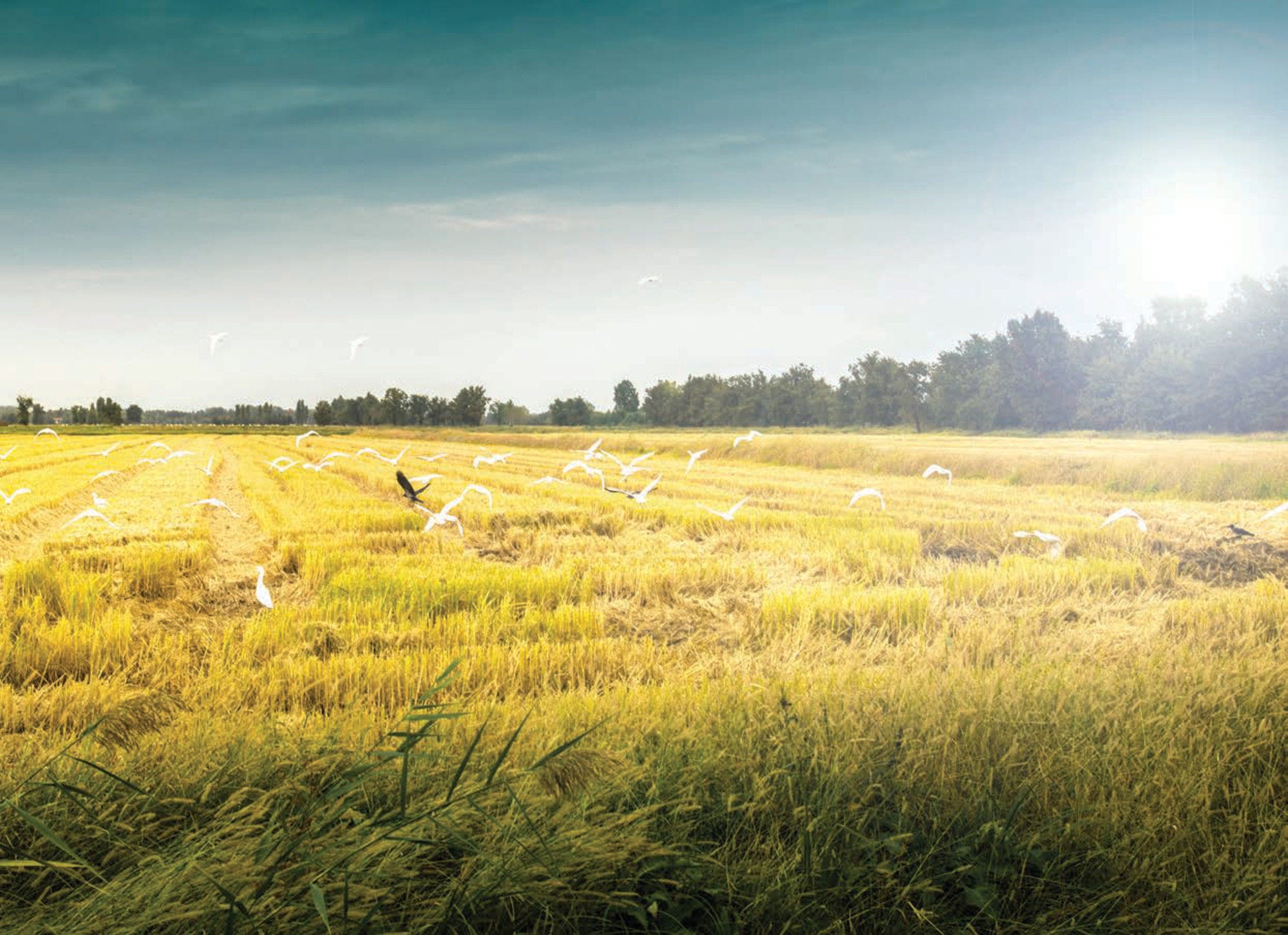The strategic objectives of agricultural and food policies, as set out in the White Paper No. 11 (2016–17) “Change and development - A future-oriented agricultural production” are: food security; agriculture throughout the country; creating more added-value; and sustainable agriculture. The agricultural policy aims at the sustainable use of agricultural resources, developing know-how and contributing to the creation of employment and value added in farming and farm-based products throughout the country. Agricultural support policy is a component of Norway’s regional and rural policies.
The principal policy instruments supporting agriculture include border measures, domestic market regulation based on the Marketing Act and budgetary payments. The Marketing Act covers certain types of meat (beef, mutton, pork and poultry); milk, butter and cheese; eggs; cereals and oilseeds; potatoes, vegetables, fruit and berries; and fur skins.
Target prices are provided for milk, pork, grains and some fruits and vegetables. Target prices and the budgetary framework for payments to farmers are negotiated annually between the government and farmers’ organisations. Marketing fees are collected from producers to finance marketing activities dealing with surpluses, including export subsidies for livestock products. Milk production quotas were introduced in 1983 and a system of buying and selling quotas was introduced in 1997.
Various direct payments to farmers, including area and headage payments as well as payments based on product quantities (meat) continue to be provided. Many of these payments are differentiated by region and farm size in order to provide adequate income support across all type of farms and regions. Environmental levies on agricultural pesticides are applied.
The National Environmental Programme contains the main agri-environmental measures, such as the Acreage Cultural Landscape Support, payments to extensive grazing, payments for grazing animals, organic agriculture, Regional Environmental Programmes (REP) and special environmental measures in agriculture. Examples of programmes include payments to reduce water pollution from agricultural fields, environmentally-friendly spreading of manure, mowing small (abandoned) fields with high or special biodiversity in the forest and mountains areas, grazing on islands, maintenance around heritage sites in the agricultural landscape, etc.
In 2016, the Government published the national strategy on bio-economy. This was a broad cross-sectoral strategy, developed by eight ministries, including the Norwegian Ministry of Agriculture and Food. The strategy points out three overarching objectives ‒ increased value creation, reduction in climate gas emissions, increased resource use efficiency and sustainability ‒ and four focus areas: co-operation across sectors, industries and thematic areas; markets for renewable bio-based products; efficient use and profitable processing of renewable biological resources; and sustainable production and extraction of renewable biological resources. Given Norway’s experience in environmental taxation, the government proposes several regulatory improvements to create a level playing field for bio-based products, for example taxes or quotas for fossil-based products to account for negative environmental and climate effects. In addition, a revision of fertiliser regulations and an increase in the use of organic fertilisers/sludge, including regulations for deposing, storage and spreading, are on the agenda.
Most of Norway’s tariff-rate-quotas were eliminated in 2000 when the WTO bound tariff rates became equal to the in-tariff quota rates. Tariffs for some products, particularly livestock products are set between 100-400% although there is a system of “open periods” for imports at reduced tariff rates when domestic prices rise above threshold levels.
As from 1 January 2015, Norway unilaterally eliminated import duties on 114 agricultural tariff lines. While these duties were low (and not of significant importance for the protection of Norwegian agricultural production), their elimination resulted in reduction of customs procedures and administrative costs.







